Home>Furniture & Design>Interior Design Trends>Where Can You Recycle Glass
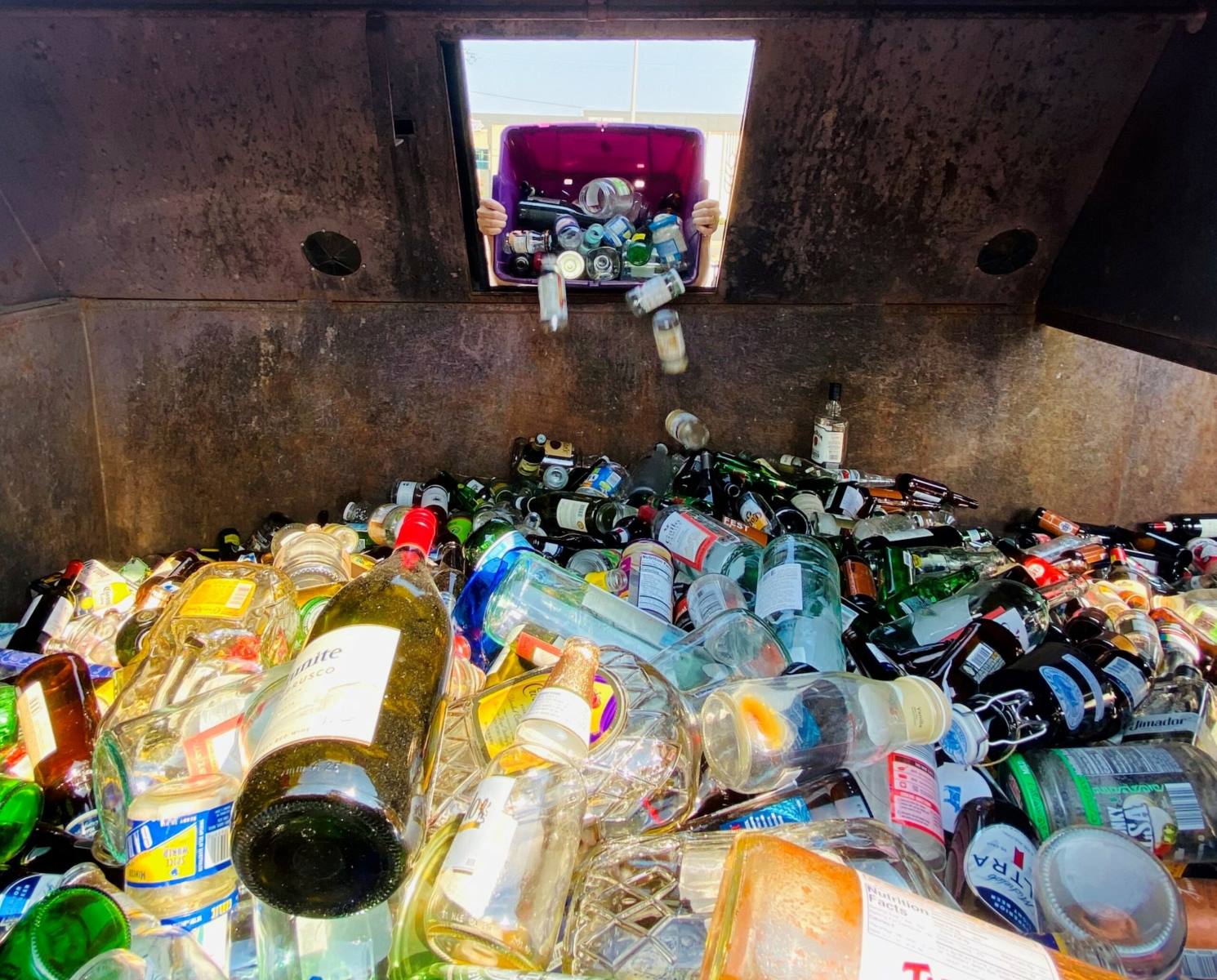

Interior Design Trends
Where Can You Recycle Glass
Modified: April 22, 2024
Discover the latest interior design trends and find out where you can recycle glass to create a sustainable and stylish living space. Explore eco-friendly options for your home today!
(Many of the links in this article redirect to a specific reviewed product. Your purchase of these products through affiliate links helps to generate commission for Storables.com, at no extra cost. Learn more)
Introduction
Glass is a versatile and widely used material that plays a significant role in our daily lives. From the windows that allow natural light to filter into our homes to the containers that store our favorite beverages, glass is an integral part of modern living. However, the disposal of glass can pose environmental challenges, making recycling a crucial aspect of sustainable waste management.
Recycling glass not only conserves natural resources but also reduces energy consumption and minimizes the amount of waste sent to landfills. By giving new life to glass products, we can contribute to a healthier planet for future generations. Understanding the benefits of glass recycling and knowing where to recycle glass are essential steps toward making a positive impact on the environment.
In the following sections, we will explore the numerous advantages of recycling glass, including its environmental benefits and energy savings. We will also delve into the various avenues available for recycling glass, such as curbside recycling programs, recycling centers, and glass bottle deposit programs. Additionally, we will provide practical tips for effectively recycling glass, empowering individuals to make a meaningful difference in their communities.
As we embark on this journey to uncover the importance of glass recycling and the opportunities for sustainable waste management, it becomes evident that each small effort contributes to a larger, collective impact. Let's delve into the world of glass recycling and discover the myriad ways in which we can play a part in preserving our planet for generations to come.
Key Takeaways:
- Glass recycling conserves natural resources, saves energy, and reduces landfill waste. Curbside programs, recycling centers, and bottle deposit initiatives offer accessible options for individuals to recycle glass and contribute to a cleaner planet.
- By separating glass by color, removing caps, and supporting recycling initiatives, individuals can enhance the effectiveness of glass recycling. Each small effort collectively leads to a significant impact on environmental conservation and resource preservation.
Read more: Where To Recycle Glass Bottles
Benefits of Recycling Glass
Recycling glass offers a multitude of environmental and economic advantages, making it a crucial component of sustainable waste management. By diverting glass from landfills and reprocessing it into new products, we can significantly reduce the environmental impact associated with glass production and disposal.
Environmental Benefits
-
Conservation of Natural Resources: Recycling glass conserves raw materials, such as sand, soda ash, and limestone, which are used in the production of new glass. By utilizing recycled glass, known as cullet, in the manufacturing process, the demand for virgin materials is reduced, thereby preserving natural resources and ecosystems.
-
Energy Savings: The process of manufacturing glass from recycled materials requires less energy compared to producing glass from scratch. By melting down cullet at lower temperatures, energy consumption is minimized, leading to a reduction in greenhouse gas emissions and the overall carbon footprint of glass production.
-
Reduction of Landfill Waste: Glass is non-biodegradable and can take thousands of years to decompose in landfills. By recycling glass, we can prevent vast quantities of this material from occupying valuable landfill space, thereby mitigating the environmental impact of waste disposal.
Economic Benefits
-
Job Creation and Economic Growth: The glass recycling industry contributes to job creation and economic growth by supporting various stages of the recycling process, including collection, sorting, processing, and manufacturing. This fosters a sustainable economy and promotes local employment opportunities within the recycling sector.
-
Cost Savings for Manufacturers: Incorporating recycled glass into the production of new glass products can result in cost savings for manufacturers. As cullet requires less energy and resources to process, it offers a more economical alternative to virgin materials, thereby enhancing the efficiency and competitiveness of glass manufacturing operations.
By recognizing and embracing the benefits of recycling glass, individuals and communities can actively participate in the preservation of natural resources, the reduction of energy consumption, and the promotion of a circular economy. Through collective efforts to recycle glass, we can contribute to a cleaner, more sustainable planet for current and future generations.
Where to Recycle Glass
When it comes to recycling glass, there are several accessible avenues that individuals can explore to ensure that glass products are diverted from landfills and given a new lease on life. Understanding the various options for recycling glass empowers individuals to make informed choices and actively participate in sustainable waste management practices.
Read more: What Can Glass Be Recycled Into
Curbside Recycling Programs
Many communities offer curbside recycling programs that include glass as part of the accepted materials. Residents can conveniently place glass bottles, jars, and containers in designated recycling bins or containers provided by the local waste management authorities. These programs often specify the types of glass that can be recycled, such as clear, green, and brown glass, and may require the removal of caps and lids before recycling. By participating in curbside recycling, individuals can seamlessly integrate glass recycling into their household waste disposal routines, contributing to the overall sustainability of their communities.
Recycling Centers
Recycling centers serve as valuable hubs for collecting and processing recyclable materials, including glass. These facilities are equipped to handle various types of glass products, ranging from beverage containers to glassware and window panes. Individuals can transport their glass items to these centers, where they are sorted, cleaned, and prepared for recycling. Recycling centers often provide convenient drop-off locations and may offer incentives, such as cash refunds for certain glass items, encouraging active participation in the recycling process.
Glass Bottle Deposit Programs
In regions with bottle deposit programs, consumers can return empty glass beverage containers to designated redemption centers or retailers in exchange for a deposit refund. These programs incentivize the return of glass bottles and promote a circular economy by facilitating the collection and reuse of glass packaging. By participating in bottle deposit programs, individuals not only contribute to glass recycling efforts but also benefit from the financial incentives associated with returning glass containers for recycling.
By leveraging these diverse avenues for recycling glass, individuals can play a pivotal role in diverting glass from landfills and supporting the sustainable reprocessing of this valuable material. Whether through curbside recycling programs, recycling centers, or bottle deposit initiatives, the accessibility of glass recycling options empowers individuals to make environmentally conscious choices and actively contribute to the preservation of natural resources.
Curbside Recycling Programs
Curbside recycling programs play a pivotal role in promoting the widespread recycling of glass and other materials within communities. These programs offer a convenient and accessible way for residents to participate in sustainable waste management practices without the need for additional trips to recycling centers or facilities. By incorporating glass into the accepted materials for curbside recycling, local authorities and waste management providers empower individuals to seamlessly integrate glass recycling into their everyday routines.
Participation in curbside recycling programs typically involves the use of designated recycling bins or containers provided by the local waste management authorities. These containers are strategically placed at residences, allowing individuals to easily separate and dispose of recyclable materials, including glass bottles, jars, and containers. The inclusion of glass in curbside recycling initiatives underscores the significance of diverting this material from landfills and harnessing its potential for reuse and reprocessing.
To ensure the effectiveness of curbside glass recycling, it is essential for participants to adhere to specific guidelines and requirements set forth by the recycling program. This may involve sorting glass items by color, such as clear, green, and brown glass, and removing caps or lids from glass containers before placing them in the recycling bins. By following these guidelines, individuals contribute to the efficiency of the recycling process and facilitate the seamless sorting and processing of glass materials.
The integration of glass into curbside recycling programs reflects a collective commitment to environmental sustainability and resource conservation. By actively participating in these programs, individuals not only contribute to the reduction of glass waste in landfills but also support the reprocessing of glass into new products, thereby closing the loop on the glass recycling lifecycle.
Furthermore, the accessibility and convenience of curbside recycling programs encourage widespread engagement in glass recycling efforts, fostering a culture of environmental responsibility within communities. Through the collective participation of residents in curbside glass recycling, the environmental impact of glass disposal is mitigated, and valuable resources are conserved for future generations.
In essence, curbside recycling programs serve as a cornerstone of sustainable waste management, offering individuals a practical and impactful avenue for contributing to the preservation of the environment. By embracing the inclusion of glass in curbside recycling initiatives, communities can collectively champion the sustainable reprocessing of glass materials, paving the way for a more environmentally conscious and resource-efficient future.
Read more: How Do You Recycle Glass
Recycling Centers
Recycling centers serve as vital hubs for the collection, processing, and reclamation of recyclable materials, including glass. These facilities play a pivotal role in facilitating the sustainable management of glass waste by providing individuals with accessible avenues for recycling their glass products.
At recycling centers, individuals can conveniently transport their glass items, including bottles, jars, and glassware, to designated drop-off locations. Upon arrival, the glass materials are meticulously sorted, cleaned, and prepared for the recycling process. This meticulous sorting process ensures that different types of glass, such as clear, green, and brown glass, are appropriately categorized for reprocessing, thereby optimizing the efficiency of the recycling operations.
One of the key advantages of recycling centers is their ability to handle a diverse range of glass products, including beverage containers, food jars, and household glassware. This comprehensive approach enables individuals to responsibly dispose of various glass items, ensuring that these materials are diverted from landfills and channeled into sustainable recycling initiatives.
Furthermore, recycling centers often provide incentives to encourage active participation in glass recycling. Some facilities offer cash refunds or credits for certain glass items, incentivizing individuals to contribute to the recycling process while also benefiting from potential financial rewards. This incentive-based approach fosters greater engagement in glass recycling efforts, ultimately contributing to the reduction of glass waste and the promotion of a circular economy.
By leveraging the services offered by recycling centers, individuals can actively contribute to the preservation of natural resources and the reduction of environmental impact associated with glass disposal. These facilities serve as essential pillars of sustainable waste management, empowering individuals to play a direct role in the recycling and reprocessing of glass materials.
In essence, recycling centers represent a cornerstone of glass recycling infrastructure, providing a seamless and efficient platform for individuals to responsibly dispose of their glass products. Through the collaborative efforts of recycling centers and active participation from individuals, the sustainable reprocessing of glass materials is realized, paving the way for a more environmentally conscious and resource-efficient future.
Glass Bottle Deposit Programs
Glass bottle deposit programs are instrumental in promoting the recycling and reuse of glass beverage containers, fostering a circular economy that minimizes waste and conserves valuable resources. In regions with bottle deposit programs, consumers are encouraged to return empty glass bottles to designated redemption centers or retailers in exchange for a deposit refund. This incentivizes the responsible disposal and recycling of glass bottles, contributing to environmental sustainability and resource conservation.
Participation in glass bottle deposit programs offers individuals a tangible incentive to actively engage in the recycling process. By returning empty glass beverage containers, consumers not only contribute to the reduction of glass waste but also benefit from the financial incentives associated with the return of these items for recycling. This dual benefit encourages widespread participation in glass bottle deposit programs, ultimately leading to increased recycling rates and the diversion of glass from landfills.
The implementation of bottle deposit programs underscores the value of creating a closed-loop system for glass packaging. By incentivizing the return and recycling of glass bottles, these programs promote the collection and reuse of glass materials, thereby reducing the need for virgin resources and minimizing the environmental impact of glass production. This approach aligns with the principles of a circular economy, where materials are continuously recycled and reintegrated into the production cycle, reducing waste and conserving natural resources.
Furthermore, glass bottle deposit programs contribute to the reduction of litter and environmental pollution. By providing a financial incentive for the return of glass bottles, these programs discourage the improper disposal of glass containers and promote responsible waste management practices. This not only enhances the cleanliness of public spaces but also mitigates the environmental harm caused by discarded glass bottles, fostering a more sustainable and aesthetically pleasing environment.
In essence, glass bottle deposit programs play a pivotal role in promoting the recycling and reuse of glass beverage containers, aligning with the principles of environmental sustainability and resource conservation. By offering tangible incentives for the return of glass bottles, these programs empower individuals to actively participate in the circular economy, contributing to the reduction of glass waste and the preservation of natural resources. Through the collective engagement in glass bottle deposit programs, communities can foster a culture of responsible recycling and environmental stewardship, paving the way for a more sustainable and environmentally conscious future.
Tips for Recycling Glass
-
Separate Glass by Color: When recycling glass, it's important to separate clear, green, and brown glass to ensure efficient processing. This helps recycling facilities maintain the quality and integrity of the recycled glass, leading to higher-quality end products.
-
Remove Caps and Lids: Before recycling glass bottles and jars, it's advisable to remove any caps, lids, or metal components. This facilitates the recycling process and prevents contamination, ensuring that the glass can be effectively reprocessed.
-
Rinse Glass Containers: Prior to recycling, it's beneficial to rinse glass containers to remove any residual liquids or food particles. Clean glass reduces the risk of contamination and contributes to the overall quality of the recycled material.
-
Avoid Mixing Non-Recyclable Materials: When disposing of glass for recycling, it's essential to avoid mixing it with non-recyclable materials. Keeping glass separate from other waste streams streamlines the recycling process and minimizes the risk of cross-contamination.
-
Participate in Community Clean-Up Events: Engaging in community clean-up events provides an opportunity to collect and recycle glass items that may otherwise end up in landfills or natural environments. By actively participating in these initiatives, individuals can contribute to the reduction of glass waste and environmental preservation.
-
Support Glass Recycling Initiatives: Stay informed about local glass recycling initiatives and support businesses and organizations that prioritize sustainable waste management. By choosing products packaged in glass and actively participating in glass recycling programs, individuals can advocate for the responsible use and recycling of glass materials.
-
Educate Others: Share knowledge about the importance of glass recycling with friends, family, and community members. By raising awareness about the benefits of glass recycling and providing practical tips for responsible disposal, individuals can inspire others to join the effort in preserving natural resources and reducing environmental impact.
By incorporating these tips into daily practices, individuals can enhance the effectiveness of glass recycling efforts and contribute to the sustainable management of glass waste. Each small effort collectively leads to a significant impact on environmental conservation and resource preservation.
Check with your local recycling center or waste management facility to find out where you can recycle glass in your area. Many communities have designated drop-off locations for glass recycling.
Conclusion
In conclusion, the significance of glass recycling extends far beyond the act of waste management; it embodies a commitment to environmental stewardship, resource conservation, and the cultivation of a sustainable future. By delving into the world of glass recycling, we have uncovered the multifaceted benefits of diverting glass from landfills and harnessing its potential for reprocessing and reuse.
The environmental benefits of glass recycling, including the conservation of natural resources, energy savings, and the reduction of landfill waste, underscore the pivotal role that recycling plays in mitigating the environmental impact of glass production and disposal. Furthermore, the economic advantages, such as job creation, cost savings for manufacturers, and the promotion of a circular economy, highlight the far-reaching implications of sustainable waste management practices.
Exploring the diverse avenues for recycling glass, from curbside recycling programs to recycling centers and glass bottle deposit initiatives, has illuminated the accessibility and convenience of glass recycling options. These avenues empower individuals to actively participate in the preservation of natural resources and the reduction of environmental impact, fostering a culture of responsible waste management within communities.
Moreover, the practical tips for recycling glass serve as actionable guidelines for individuals to enhance the effectiveness of their recycling efforts, promoting responsible disposal practices and contributing to the overall quality of recycled glass materials.
As we navigate the landscape of glass recycling, it becomes evident that each small effort contributes to a larger, collective impact. By embracing the inclusion of glass in curbside recycling initiatives, supporting recycling centers, participating in glass bottle deposit programs, and implementing responsible recycling practices, individuals can play a pivotal role in preserving natural resources and fostering a more sustainable and environmentally conscious future.
In essence, the journey of glass recycling transcends the mere act of waste disposal; it embodies a shared commitment to environmental preservation and the responsible stewardship of our planet. Through the collective engagement in glass recycling efforts, communities can pave the way for a more sustainable and resource-efficient future, where the timeless beauty and utility of glass coexist harmoniously with the principles of environmental sustainability.
Frequently Asked Questions about Where Can You Recycle Glass
Was this page helpful?
At Storables.com, we guarantee accurate and reliable information. Our content, validated by Expert Board Contributors, is crafted following stringent Editorial Policies. We're committed to providing you with well-researched, expert-backed insights for all your informational needs.
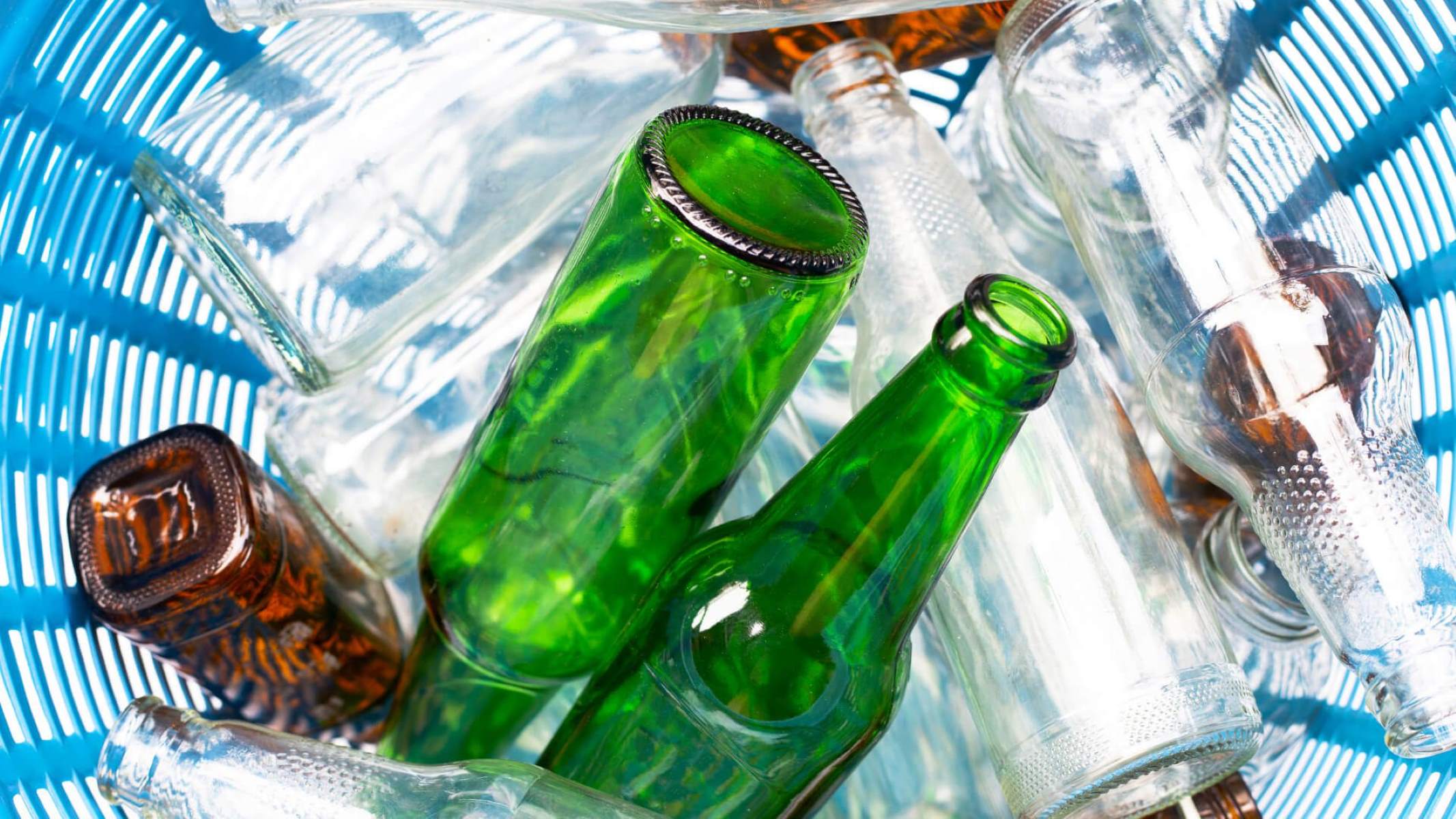
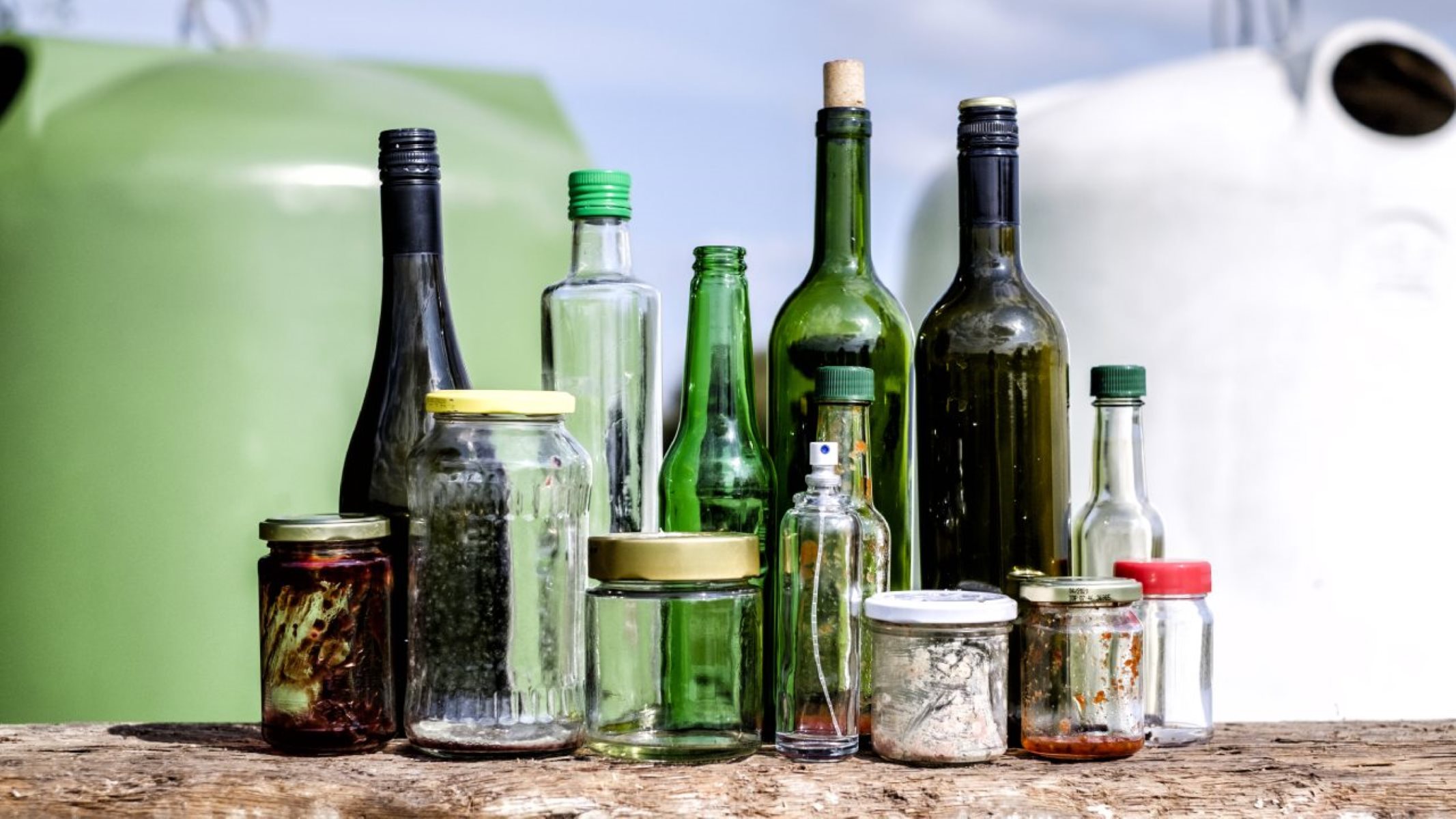
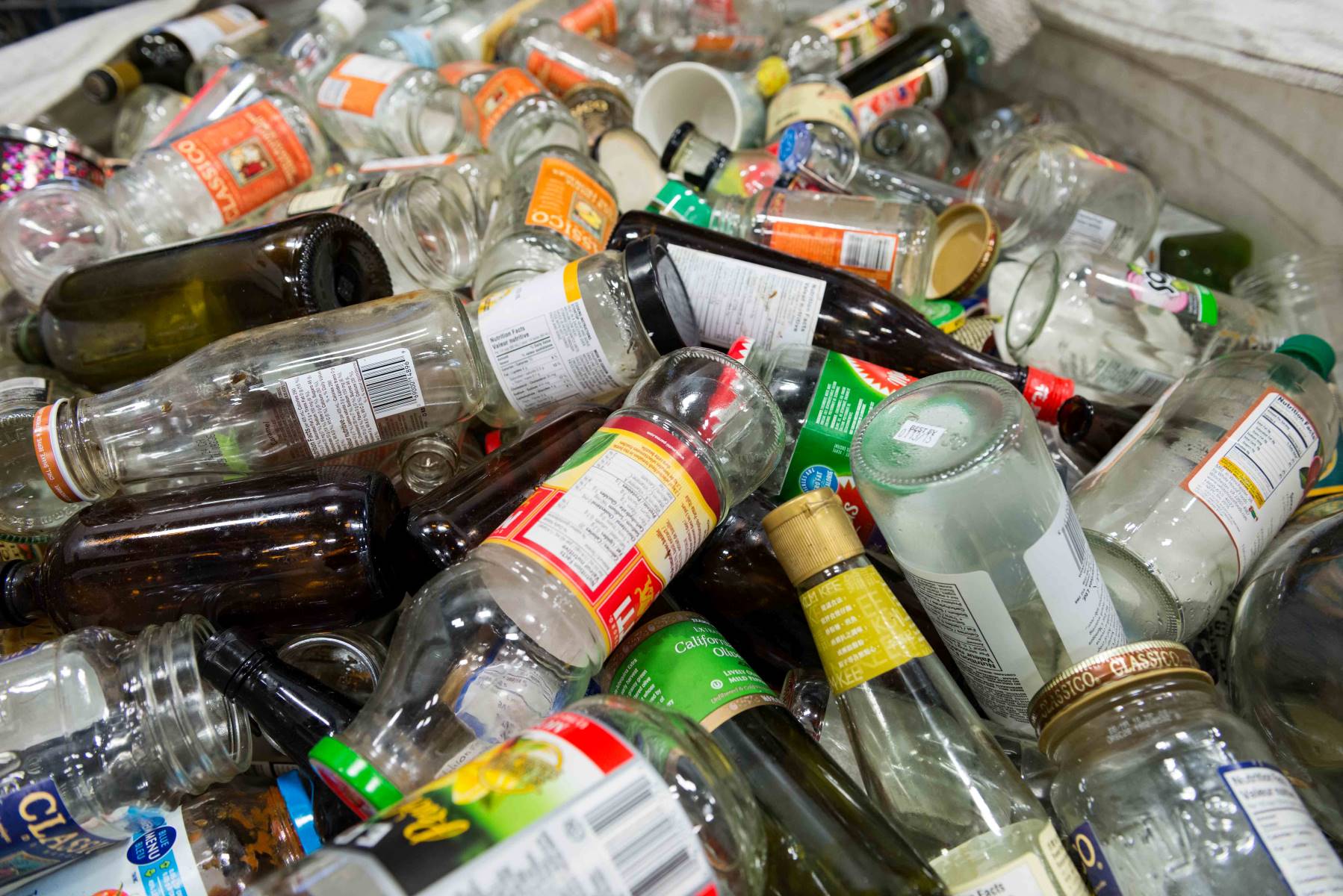
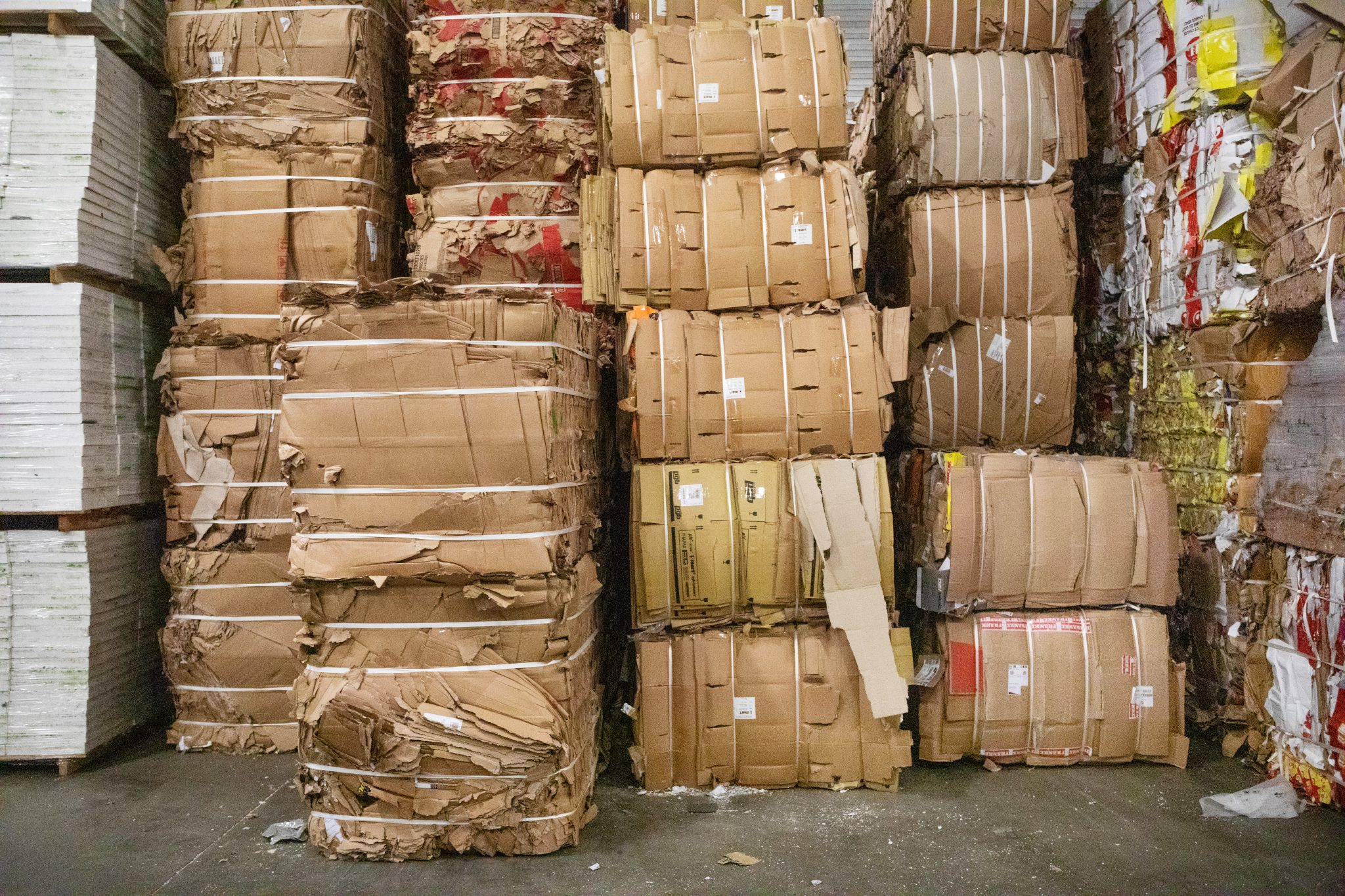
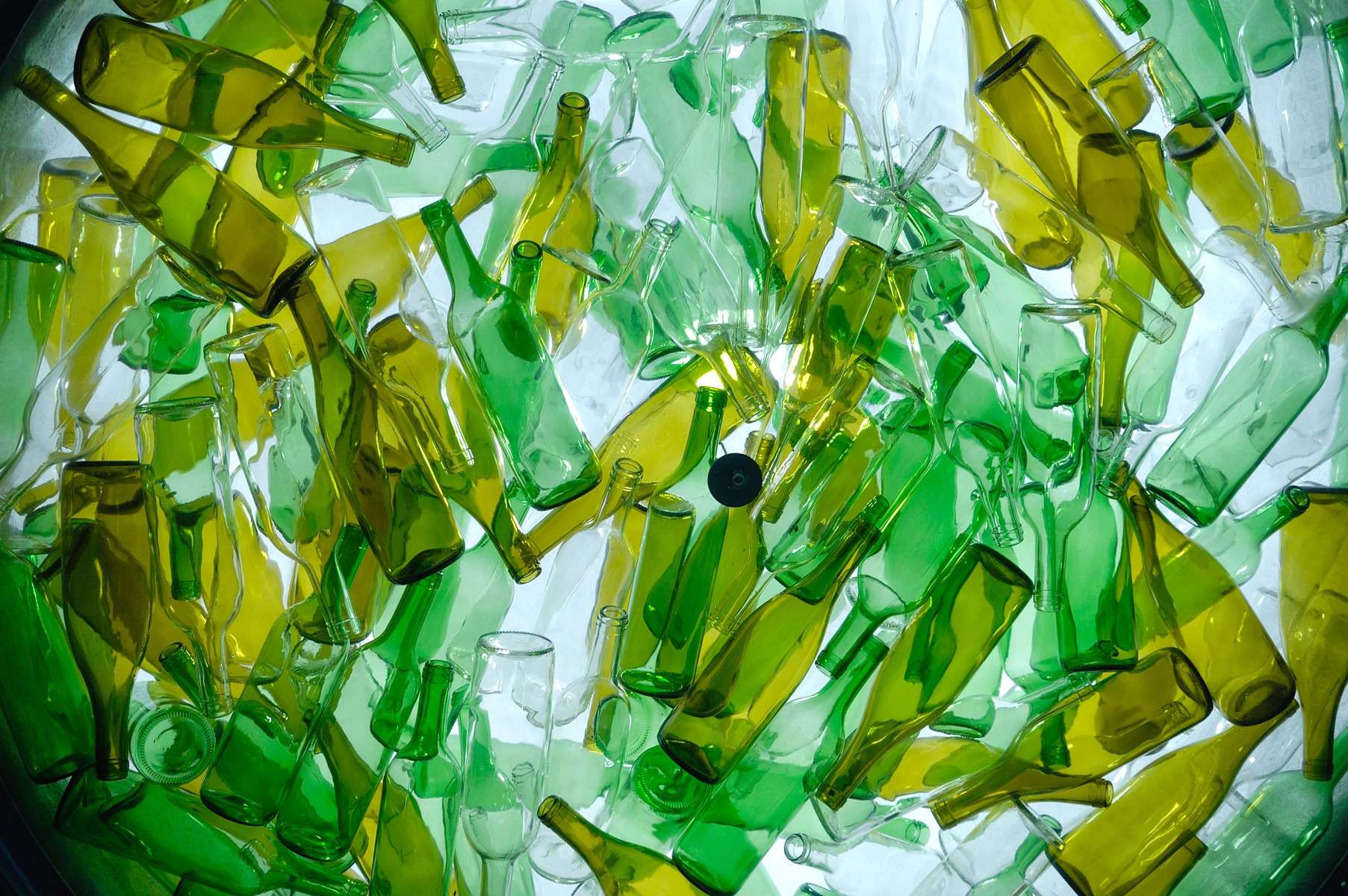
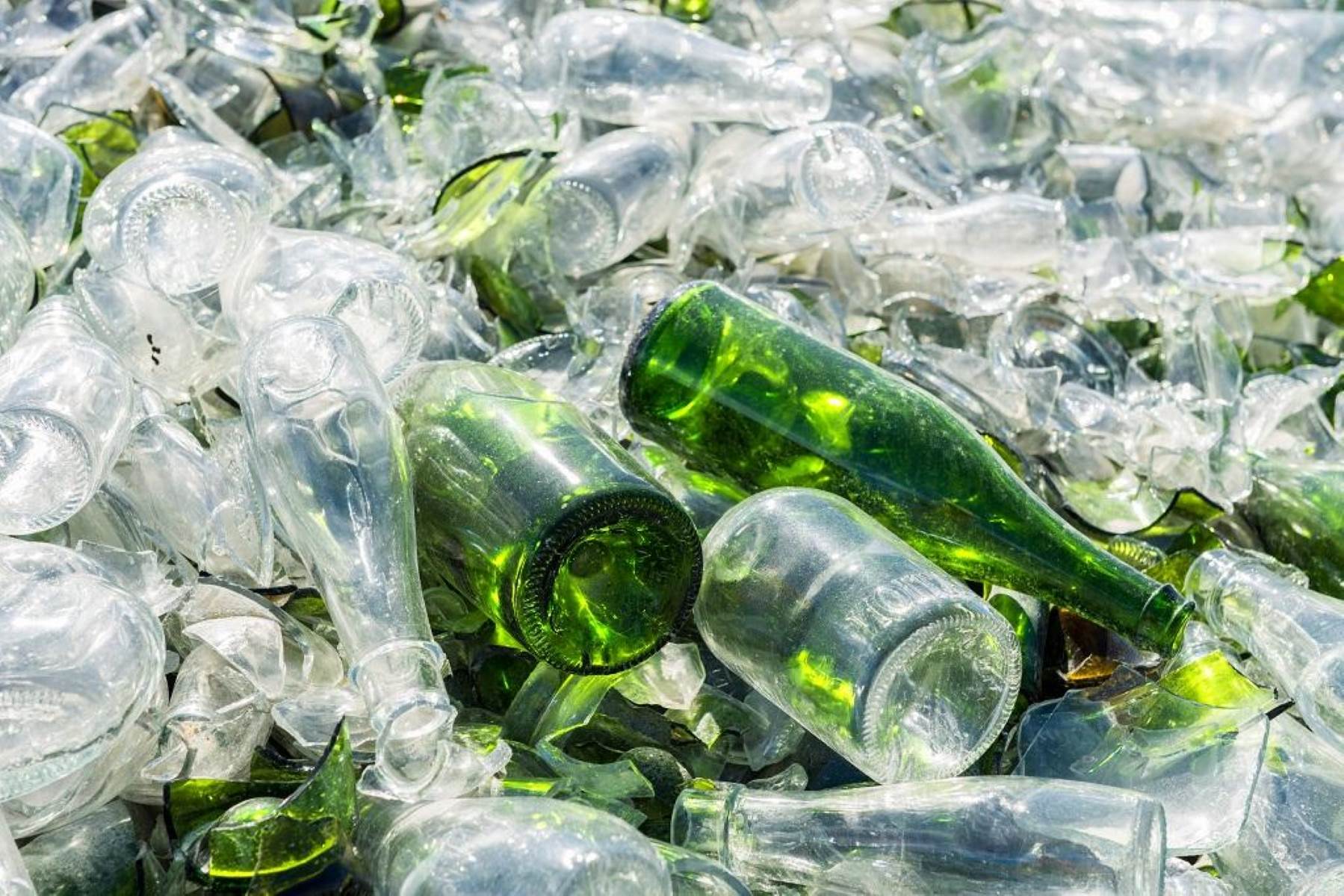
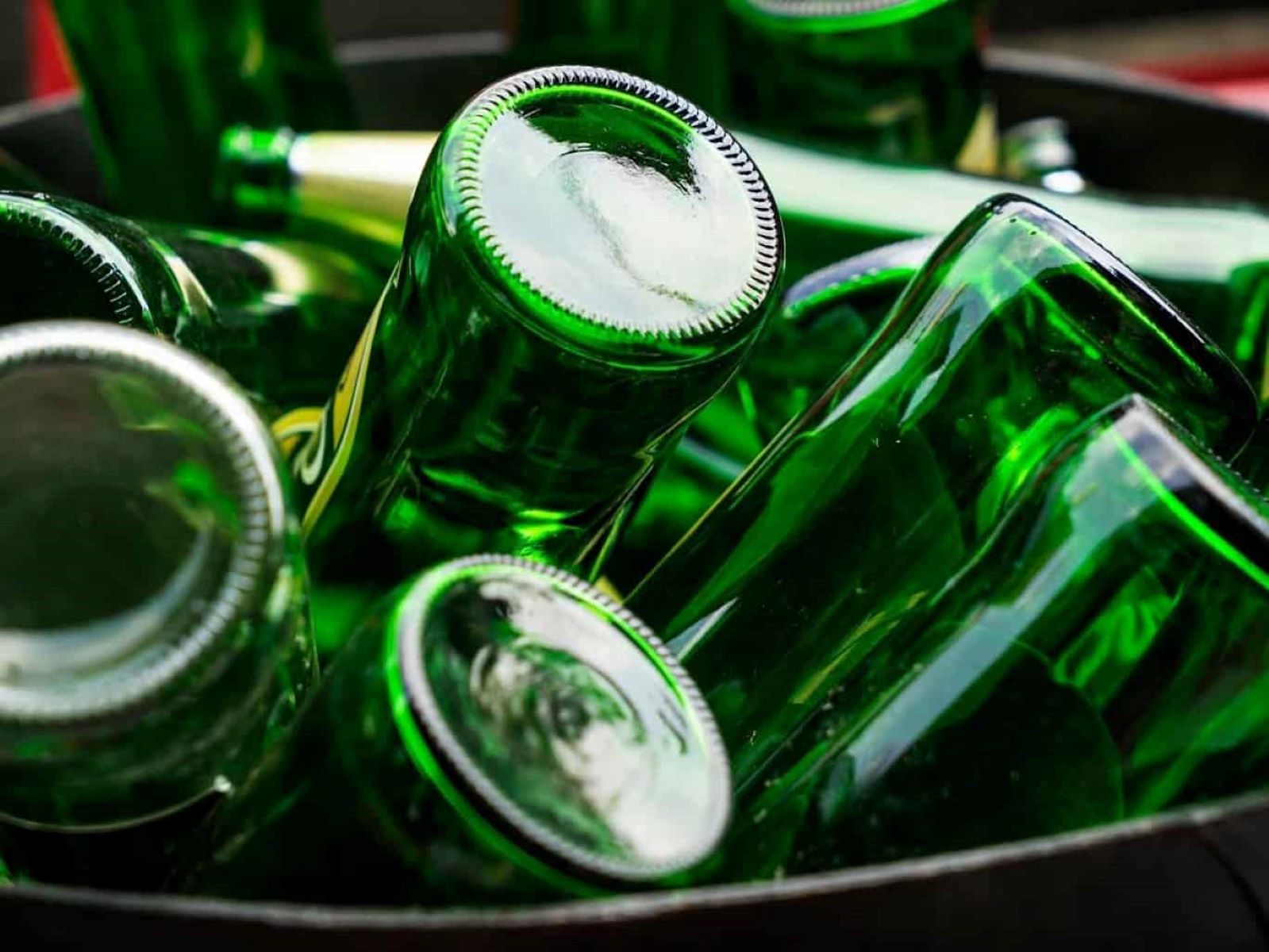





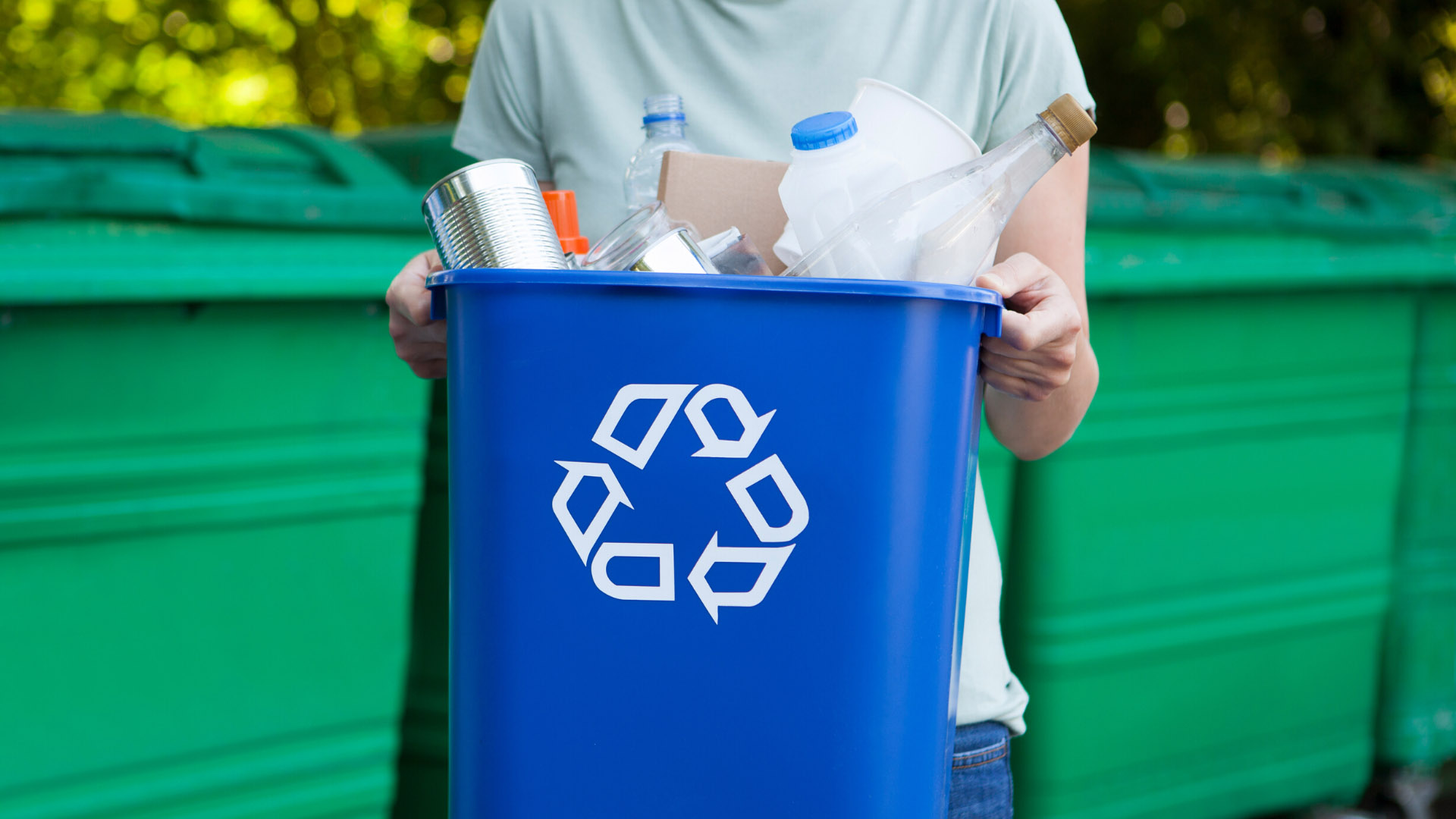

0 thoughts on “Where Can You Recycle Glass”